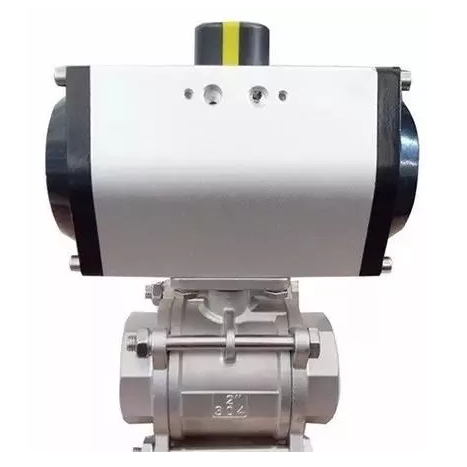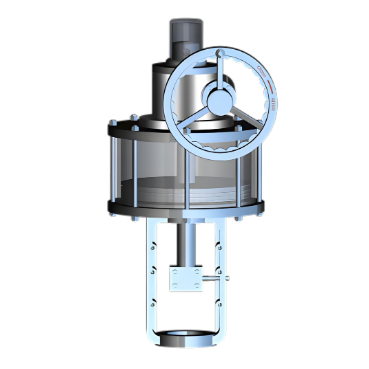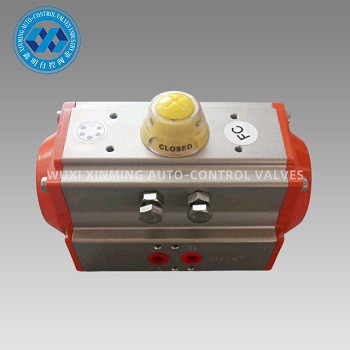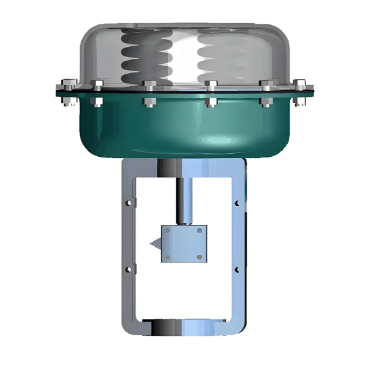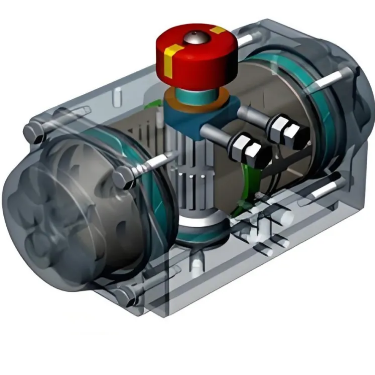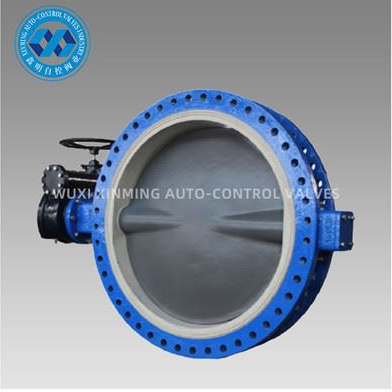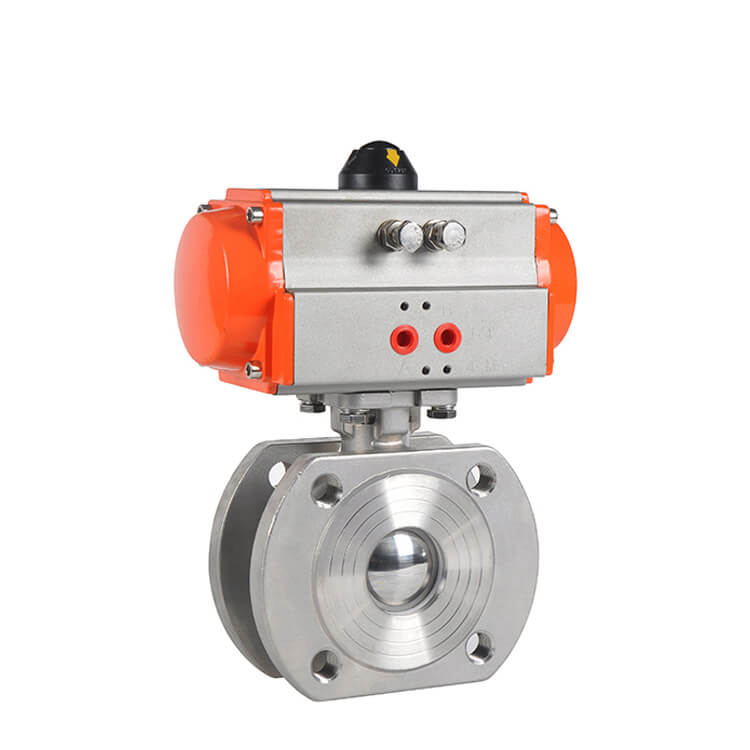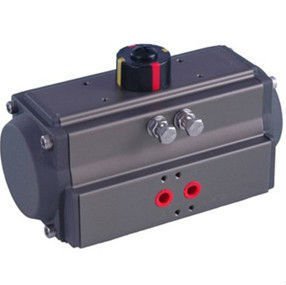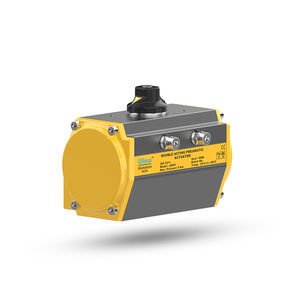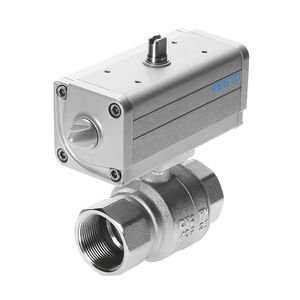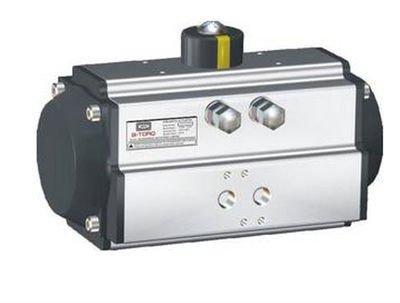Position sensing is vital for the accurate
operation of compact pneumatic actuators, and several techniques are commonly
employed.
One of the most popular methods is the use
of proximity sensors. Inductive proximity sensors can detect the presence of
metallic parts of the actuator, such as the piston rod, without physical
contact. They work by generating an electromagnetic field and detecting changes
when a metal object enters this field. This allows for simple on - off position
detection, like indicating whether the actuator has reached its fully extended
or retracted position.
Optical encoders offer more precise
position feedback. These sensors use a light source and a detector along with a
coded disk or strip. As the actuator moves, the disk or strip rotates or moves,
and the pattern of light and dark areas is converted into electrical signals,
providing detailed information about the actuator's position. They can measure
the actuator's displacement with high accuracy, making them suitable for
applications that demand fine - tuned control.
Another technique involves the use of
potentiometers. A potentiometer is connected to the actuator's moving part, and
as the actuator moves, the resistance of the potentiometer changes. By
measuring this change in resistance, the position of the actuator can be
determined. Potentiometers are relatively simple and cost - effective, although
they may be more prone to wear over time compared to non - contact sensing
methods. Each of these position - sensing techniques has its own advantages and
can be selected based on the specific requirements of the application involving
compact pneumatic actuators.
If you want to learn more about low-priced products, please visit the following website: www.xm-valveactuator.com


